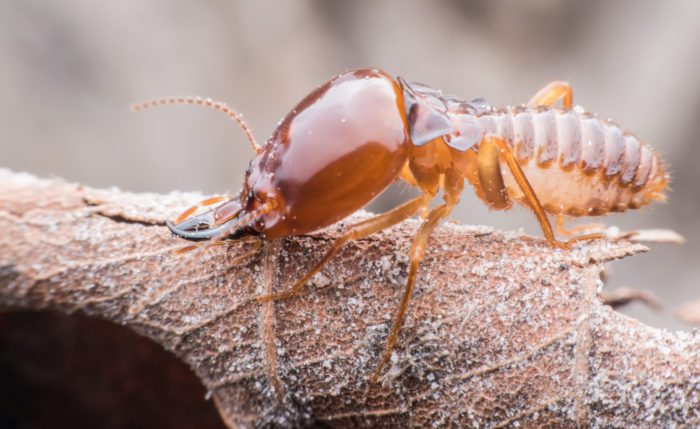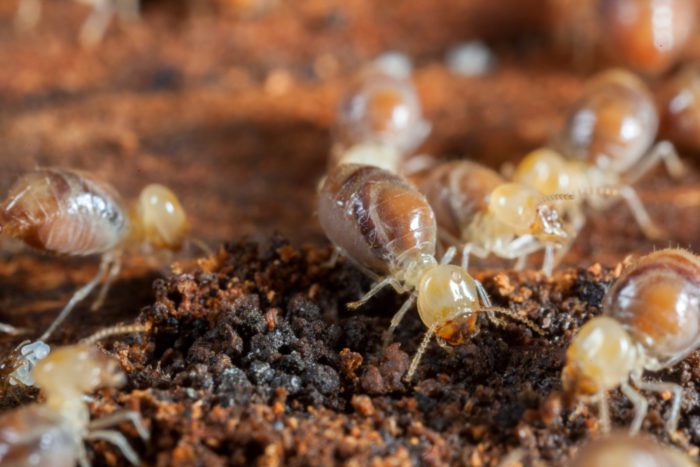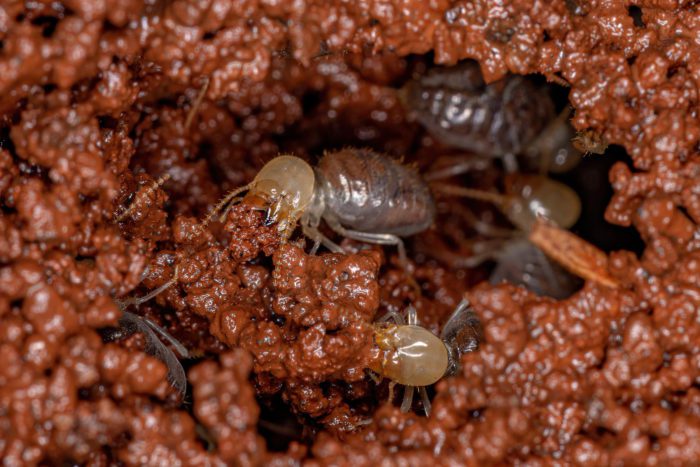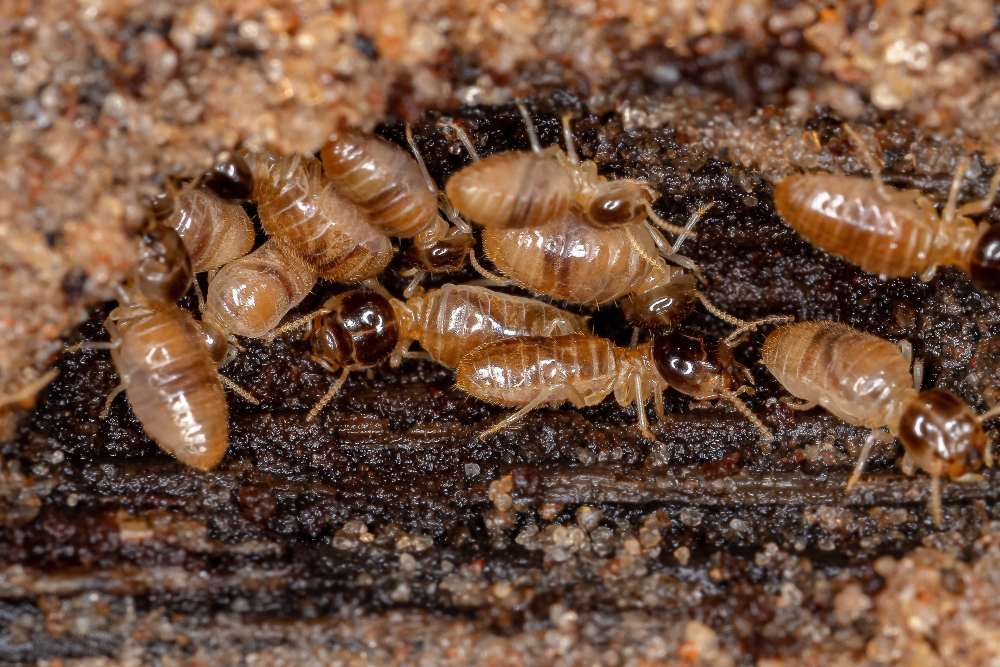Whether it’s doors or windows, most of the houses, both villas and apartments use timber for furnishing purposes. The prices of wood vary with their qualities.
We sometimes have to compromise with the quality because of our budget which results in settling for wood products that have not been treated for insects and pests.
This is when termites kick in. They are destructive and cause significant damage to our houses. It is better to call the pest control team as early as possible.
Important Note: If you're tired of pests and want a reliable solution, then you should definitely consider seeking help from a professional pest control company. DIY solutions can be effective, but if you're dealing with a significant pest infestation, you don't want to rely solely on DIY methods. Pest control companies typically don't charge huge fees. You can fill out this form to receive free quotes from the top local pest control companies, and compare the quotes and see for yourself. Then, finally, your pest problems will be eliminated for good.
But for this, we must know how to identify termites and what are the signs of termite infestation.
The damage this infestation can cause and how we can prevent it, all of this is going to be covered in this article.
Identifying Termite Presence

Termites emerge from the soil, mud tubes, or food sources through which they are tunneling. During the spring season, we can spot some flying termites near our windows. They also leave their discarded wings near the windows.
Some of the ways to discover termites presence are as follows:
- Examine by probing exposed wood for hollow spots (using a flathead screwdriver or similar tool).
- Identify termite swarms. Be careful as sometimes ant swarms are mistaken as termites.
All these things are a sign of termite infestation. The next section will cover these signs in detail.
Signs of Termite Infestation
The following are the damages caused by termites which indicate that you are having a termite infestation:
Mud Tubes on the Wall
These are built by subterranean termites for traveling purposes. They use this to reach their food sources without being seen. The tubes are about the size of a coin and are usually found on the exterior and interior walls. Their eggs can also be found here. So if looking for an infestation, look for eggs too.
Hollow Sounding Timber
The wood that is damaged by termites will sound hollow as it has been eaten by termites. They consume wood from the inside out, leaving a thin veneer of timber or paint.
Termite Droppings
After the consumption of wood, they leave behind brown-colored and grainy fecal mounds. These are known as droppings and are found beneath the infested wood.
Floor Damage
They can damage laminate flooring. The affected ones may blister and sag in certain areas. Checking underneath the flooring may help in identifying the infestation. Another way to check is to see if the floor feels more spongy and springs more than usual.
Garden Damage
Termites may damage trees, which may result in the falling of branches. The decking and wooden fence posts are also at risk of damage. Long-term damage could lead to collapse.
Damage and Repair

Termites can damage several structural components including, floors, support beams, wall studs, floors, roof supports, and foundation.
The buckling ceilings or walls, maze-like designs in wooden structures are signs of damage. Advanced termite damage can affect the structural integrity which can even cause the collapse of ceilings or floors.
It is very rare but it is possible for termites to damage a house beyond repair if the infestation is left untreated for several years. An example is a Formosan termite.
Other termite species would take several more years to cause damage up to the extent that a Formosan termite causes. It is not common for termites to destroy a home before the activity is discovered.
Once the termite colony grows, the signs become more visible. By treating termites early, we can reduce the repair cost and can also minimize the damage.
There are two ways to repair the damaged wood:
- The first one is to replace the entire damaged section of wood.
- The second option is to add some wood support adjacent to damaged wood.
The repairing will be simpler and less expensive by adding support to damaged wood. Replacing the entire structural support is complicated as well as expensive. It is advised to contact the experts before taking any decision.
Preventing Termite Infestation

- Make the structure less attractive for termites by using a concrete foundation and leaving a ventilation space between the soil and wood. The exposed wood surface can be covered with a metal barrier.
- Proper grading and drainage should be done to keep the soil dry around the foundation. This also includes the maintenance of gutters.
- Vents should be free from blockage and leaks should be fixed immediately.
- Trees and shrubs should not be planted close to the structure and never allow them to grow against the exposed wood surfaces.
- Do not pile or store firewood or wood debris next to the house.
- Inspection should be done at regular intervals to prevent the growth of termites.
Conclusion
We have already discussed the measures we should take to prevent termite infestation. But what can you do if there is already an infestation?
Many natural and chemical treatments are there to eliminate termites.
Natural treatments include using vinegar and orange oil. We can use this with the help of a spraying bottle.
Chemical treatments include calling a pest control team. They will examine the whole situation and with the help of special devices, they will eliminate the termites.

